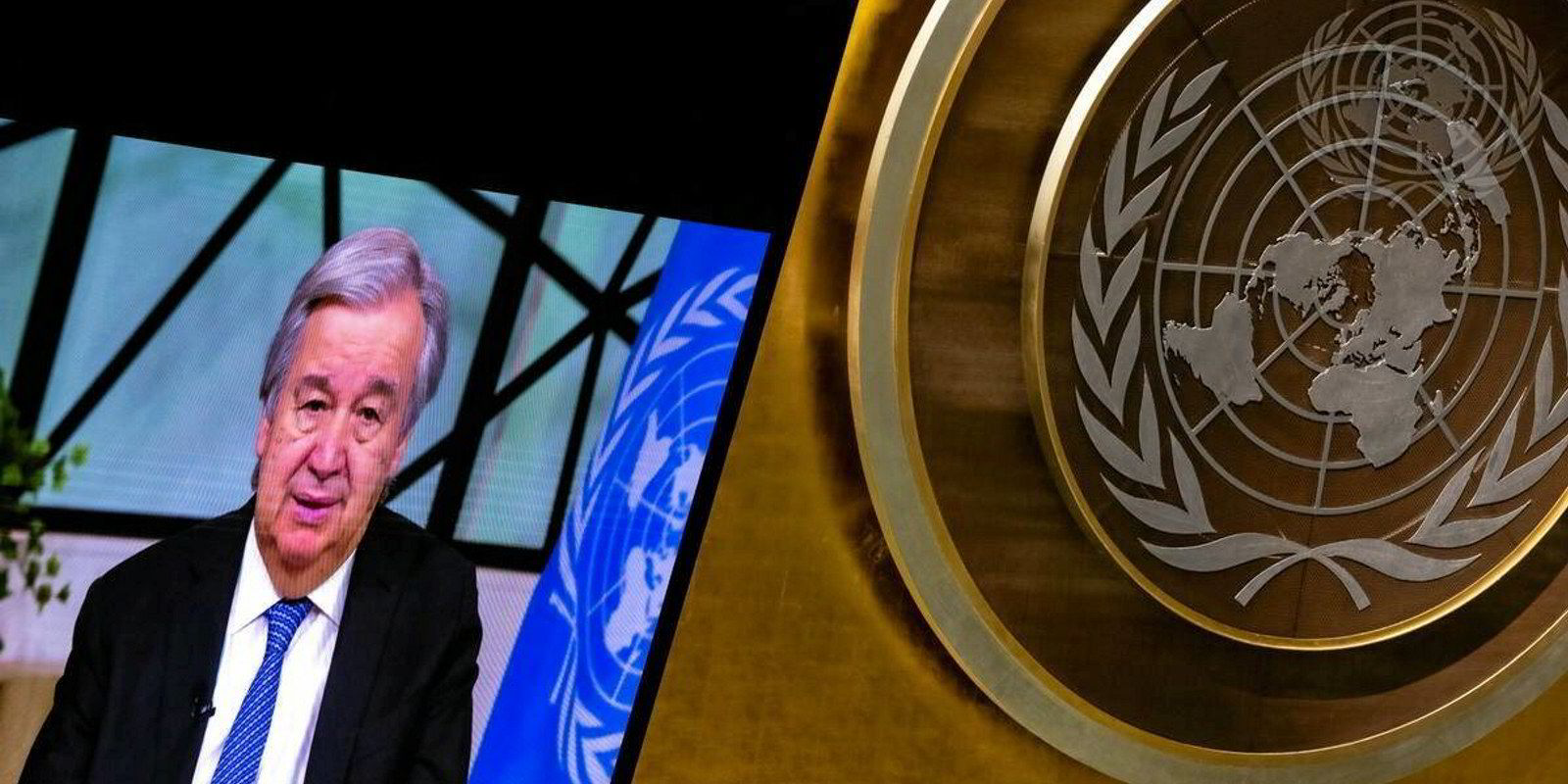The United Nations has approved the High Seas Treaty in a bid to protect biodiversity in areas of the ocean that are outside the bounds of national jurisdictions.
The decision by the 193 member states follows two decades of negotiations that culminated in a breakthrough agreement in March to finalise the text, although adoption is not the final step in making the new treaty law.
“This is the biggest international ocean-related agreement amongst governments that we’ve seen since the adoption of the Law of the Sea quite a few decades ago,” said Paul Holthus, chief executive of ocean industries sustainability group World Ocean Council.
The International Chamber of Shipping, a key voice of shipowners at the UN and its International Maritime Organization arm, welcomed the adoption of the treaty after getting involved in the negotiations in 2016.
The group’s policy manager for legal matters, Emily Rowley, said there is still a way to go before 60 member states adopt the treaty.
“But this is without question a significant moment and should be celebrated,” she said.
Rowley said the agreement is a meaningful step forward towards ensuring sustainable use of the oceans.
Under the framework of the existing UN Convention on the Law of the Sea, the High Seas Treaty contains 75 articles on the conservation and sustainable use of marine biological diversity outside of nations’ jurisdictions.
Marine protected areas and more
Among its provisions are mechanisms for establishing marine protected areas with rules governing multiple sectors of the ocean industries, as well as other management tools to protect the high seas and underlying seabed.
With just 1% of the high seas protected today, the goal is to achieve 30% of the oceans with marine protected areas.

“The ocean is the lifeblood of our planet, and today, you have pumped new life and hope to give the ocean a fighting chance,” UN secretary general Antonio Guterres told delegates, according to a news release.
Other key provisions of the High Seas Treaty include those to protect oceans against pollution of toxic chemicals and plastic waste, sustainable management of fish stocks and building ecosystems’ resilience to climate change.
Holthus said that the area-based management plans, including the marine protected areas, are one of the two most important provisions of the treaty.
“This creates a system whereby governments can decide who gets to do what, where in international waters, and this needs very active involvement from the industries that are even just transiting through portions of the oceans that would be considered special areas,” he told TradeWinds.
The impacted zones of the sea are likely to align with ecologically significant areas identified under the UN Convention on Biological Diversity, he said.
The other key provision is the creation of environmental impact statements for ocean activities, but Holthus said the details of this have yet to be worked out.
‘Constructively engaged’
“And that’s where the business community really needs to be … constructively engaged,” he said.
“The ocean needs this engagement and management, but it needs to be very much done in partnership with constructive input from responsible companies in sectors that want to help make this happen in a way that works with the responsible economic use of ocean space and resources.”

For the ICS, the key to the negotiations has been ensuring the centrality of the IMO as the global shipping regulator.

“From a shipping industry’s perspective, the High Seas Treaty agreement takes into account the IMO’s role and is intended to cover gaps in ocean governance. It will help ensure that emerging high seas industries will be as well-regulated as shipping is by the IMO, with the detail of any measures that may be needed for ships to be discussed and agreed at IMO,” said Rowley.
“Fundamentally, the agreement should enhance cooperation and coordination between UN agencies and other global and regional regulators of activities on the high seas. This will foster a holistic approach to the protection of marine biodiversity and ecosystems in areas where no one state is responsible for preserving them.”
Holthus said the hope is that ratification by 60 nations can take place by mid-2025, when the UN holds its next Ocean Conference.
“Within a couple or three years we would expect that enough countries will have ratified this so that it comes into force,” he said.
Read more
- Editor’s selection: World Bank wades in to carbon levy debate, Greeks after big tankers and wind farm shipping giant formed
- Podcast: Navigating the ups and downs of EU carbon trading
- Video: Transmed’s Nicole Mylona says efficiency upgrades not fully recognised in the way ships are rated
- Podcast: Are contracts the key to unlocking emissions cuts in shipping now?
- Cargill’s Dieleman on methanol fuelling piggybackers: ‘That’s exactly what we wanted’



